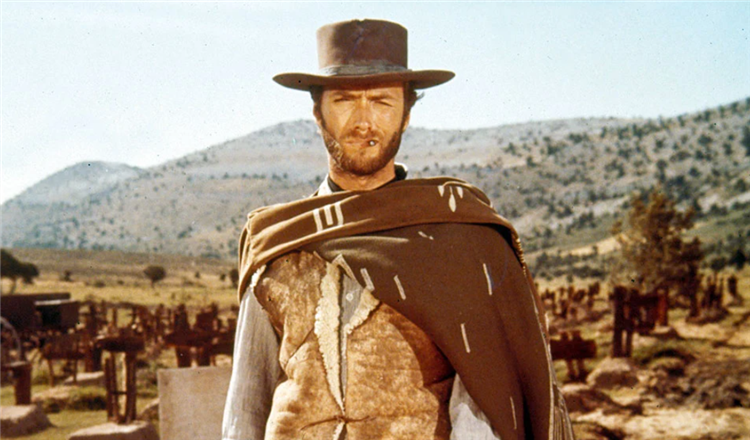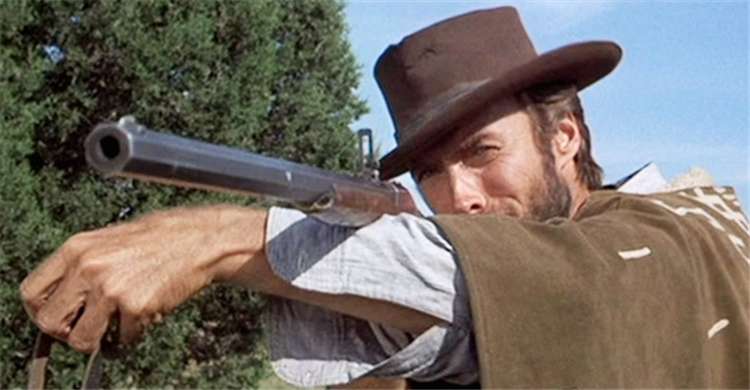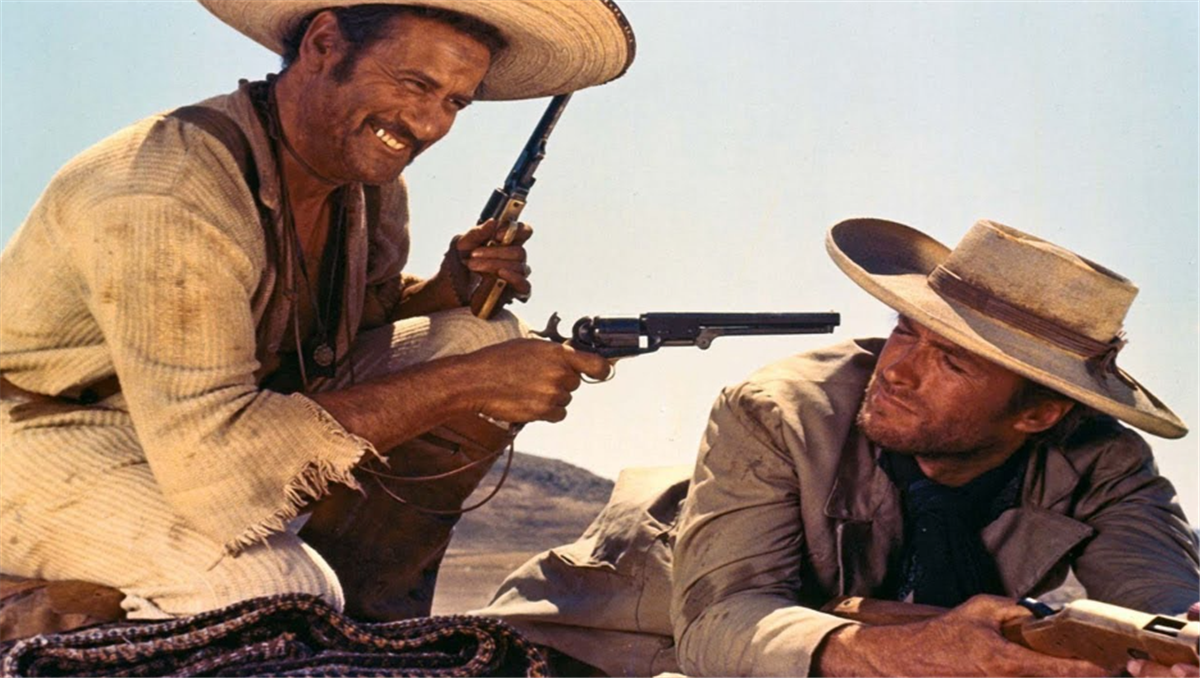A Fistful Of Dollars’ first big gunfight involving Clint Eastwood’s Man with no Name broke one of Hollywood’s big rules involving screen violence.
Not only was A Fistful Of Dollars a breakthrough for Clint Eastwood’s career, it also shattered one major taboo regarding movie violence. Eastwood’s early career was filled with small, sometimes uncredited parts in various movies and TV shows, but after filming 1958’s “lousy” Western Ambush At Cimarron Pass, he considered quitting the business entirely. Eastwood’s fortunes changed when he was cast as Rawhide’s Rowdy Yates, but it was A Fistful Of Dollars that truly made him a star. This low-budget Italian was an unofficial riff on Yojimbo, and its success practically led to the creation of the Spaghetti Western subgenre.
Sergio Leone’s Dollars trilogy never shied away from bloodshed and even decades later, some of these scenes have lost none of their power, such as Eli Wallach’s vicious beating in The Good, The Bad And The Ugly. A Fistful Of Dollars introduced a new cinematic style and language to Westerns, from Leone’s use of extreme close-ups to his use of music and how he framed the shootouts. A perfect example of how the film broke the rules takes place early in the story when Eastwood’s “Man with No Name” reveals just how dangerous he truly is.
A Fistful Of Dollars Broke A Major Screen Violence Rule

A Fistful Of Dollars sees Eastwood’s gunslinger enter a town named San Miguel, where two rival families are having a bloody feud. To prove his worth, Eastwood – who “appears” in Rango – The Stranger later guns down four men after they refuse to apologize for an insult. Not only does this moment establish his lethal speed and accuracy, it ignored a classic Hollywood rule about filming a shooting death. In the early ’30s, the Motion Picture Production Code – AKA the Hays Code (via BBC) – set forth a strict set of self-censorship rules that most movies had to abide by.
This stated a death involving gunfire must be split in two; one would see the killer firing and the other would involve the (largely bloodless) death of the victim. A Fistful Of Dollars’ first shootout smashed this rule in one shot, as The Stranger’s gun and the men he kills are all within the same frame. This makes viewers feel as if they’re watching from behind the gun, and while Eastwood (who has a “lost” Western) knew this wasn’t how Hollywood productions were meant to depict shooting sequences, he didn’t mention that to Leone. In the aftermath, American films like Bonnie And Clyde would shatter this old rule further.
Eastwood’s Man With No Name Subverted Every Western Hero Rule

The aforementioned shootout is instigated by Eastwood’s taciturn gunfighter for the sole purpose of gaining potential employment. Such an action would be unthinkable in a traditional Hollywood Western starring the likes of John Wayne – which is exactly the point. A Fistful Of Dollars’ lead is a true anti-hero, the kind who shoots people in the back, only saves others when it’s to his benefit and has no family or romantic attachments. He will lie, cheat and manipulate to achieve his goals, and while he has a code and sense of honor, he’s only a couple of steps away from being a true villain too.
